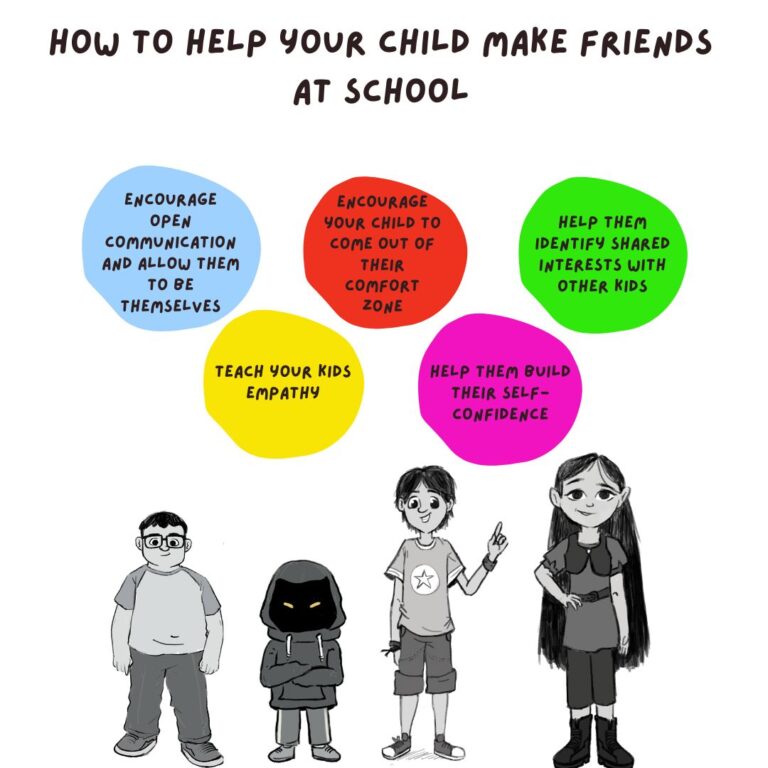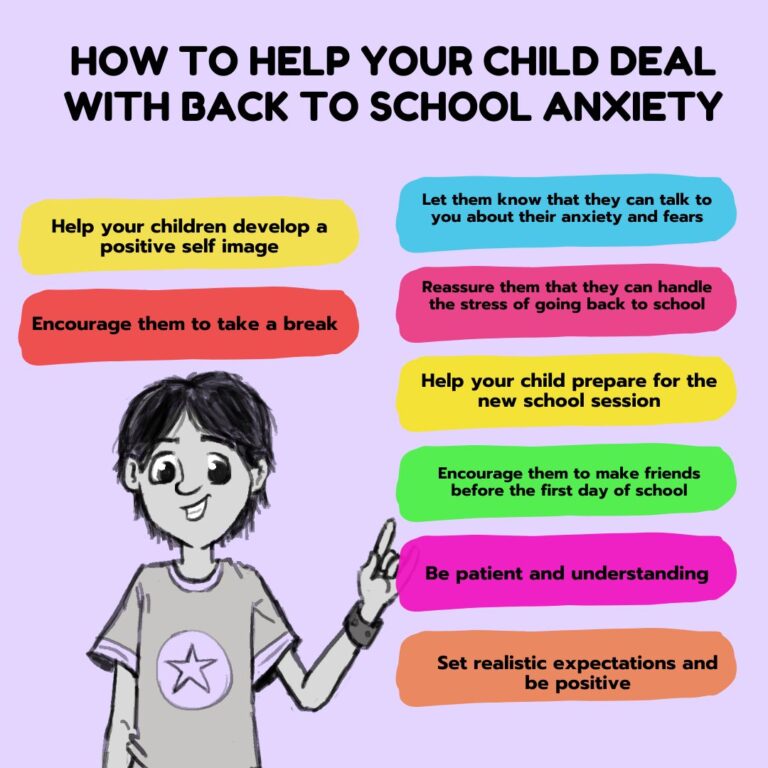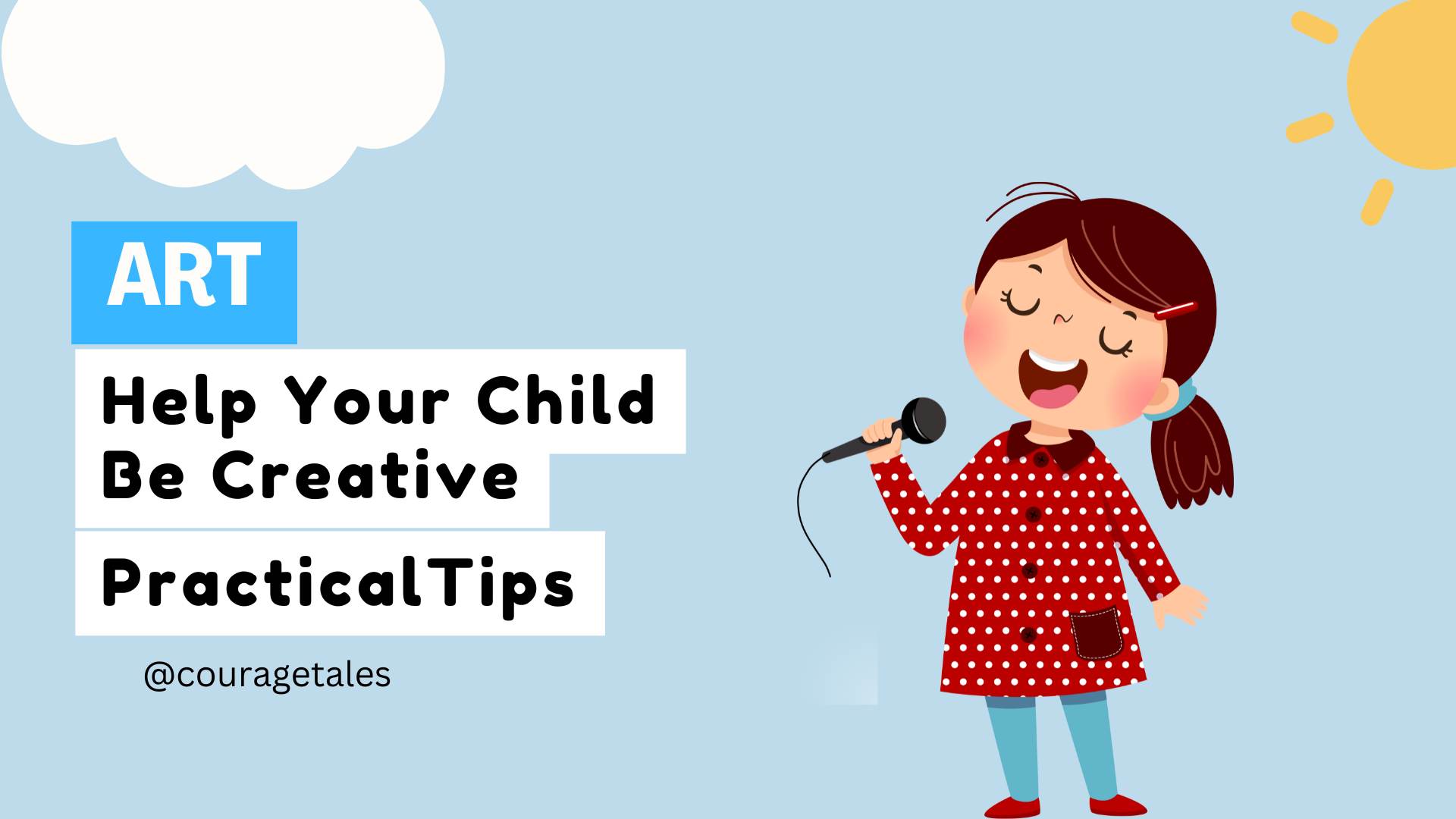How to Help Your Kids Be More Creative
Every parent wants their kids to be creative, and that is completely okay. I mean, who wouldn’t? The good thing about creativity is that it can be learned. Sure, some kids are just born with that gift, but some can learn it and be good at it too. Creativity is very much essential for success in this century, and what better time to set your kids up for success than when they are still young? In a world driven by innovation, nurturing creativity in children has become a fundamental aspect of their holistic development. But how can we help them develop their creative potential? This article explores practical strategies that can help your children unlock their creative potential and embark on a journey of self-expression and innovation.
READ NEXT: Have you already had the “bullying chat” with your champs? Get Access to FREE anti-bullying resources for ages 5-10.
Provide a stimulating environment
You want your children to be creative, but is their environment stimulating enough? Children are generally curious and can pick up cues as long as they are there. You need to provide a variety of materials, tools, and resources to spark their imagination and curiosity. Provide your children with art supplies, building blocks, books, puzzles, games, musical instruments, and other creative toys. Encourage them to experiment with different media and modes of expression. Create a space where they can display their creations, share them with others, and watch what happens.
Encourage creative thinking and ask open-ended questions
Ask open-ended questions that encourage your child to think critically and come up with their own solutions. Engaging their minds in problem-solving enhances their ability to think creatively in various situations. You need to give your children opportunities to think critically and creatively, to generate their own ideas and solutions, and to express their opinions and perspectives. Challenge them with questions and tasks that have more than one possible answer or outcome, such as “What would happen if…?”, “How can we…?”, or “What do you think about…?” Encourage them to explain their reasoning and justify their choices. Ask them to elaborate on their ideas and expand on their thinking.
Expose them to diverse experiences and perspectives
Children need exposure to different cultures, languages, people, places, and ideas to broaden their horizons and stimulate their creativity. Expose them to diverse experiences and perspectives through books, movies, music, art, travel, or community events. Encourage them to learn about different topics and subjects that interest them or challenge them. Help them appreciate the diversity of human creativity and expression.
Model creativity
Children learn by observing and imitating others, especially their parents. Show your children that you value creativity and that you practice it yourself. Share your own creative hobbies and passions with them, such as painting, writing, gardening, cooking, or playing music. Involve them in your creative activities and projects, and let them see your process and product. Praise their efforts and achievements, and celebrate their creativity..
Foster a Growth Mindset
You might be wondering what a growth mindset has to do with your children being creative, but it has everything to do with it. Like I mentioned earlier, creativity can be learned, and it does not necessarily have to be inborn. There will be times that your kid will experience creativity blockage, and it will feel as if they do not have any creative talent at all at that point. This is when you have to teach your children that creativity can be developed over time with effort and practice and that it is okay if they experience creative blockages sometimes. A growth mindset cultivates the belief that one’s creative abilities can be continuously honed.
Prioritise educational screen time
Sometimes, you just have to make the most of some situations. You should know that not all screen time is equal, and you need to make the most of educational apps, websites, and interactive programs that align with your child’s curriculum. You also need to teach them to be mindful of their screen engagement. Encourage them to take breaks, stretch, and maintain good posture while on screen.
Encourage collaboration
Provide opportunities for your child to collaborate with peers or family members on creative projects. Collaborative efforts promote teamwork, communication, and the exchange of ideas.
By following these tips, you can help your children develop their creativity and enjoy the benefits of being creative. Remember that creativity is a journey, not a destination. It is a process of learning, growing, experimenting, failing, succeeding, and having fun along the way.
READ NEXT: Have you already had the “bullying chat” with your champs? Get Access to FREE anti-bullying resources for ages 5-10.
Most Popular

How to Talk to Your Child About Difficult Topic How to Talk to Your Child About Difficult Topic

How to help your child make friends at school

How to Help Your Child Prepare for Back-to-School Anxiety



